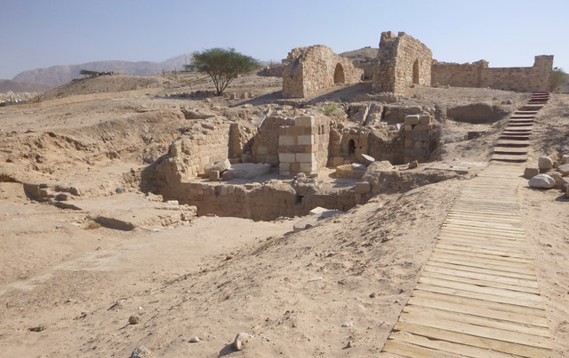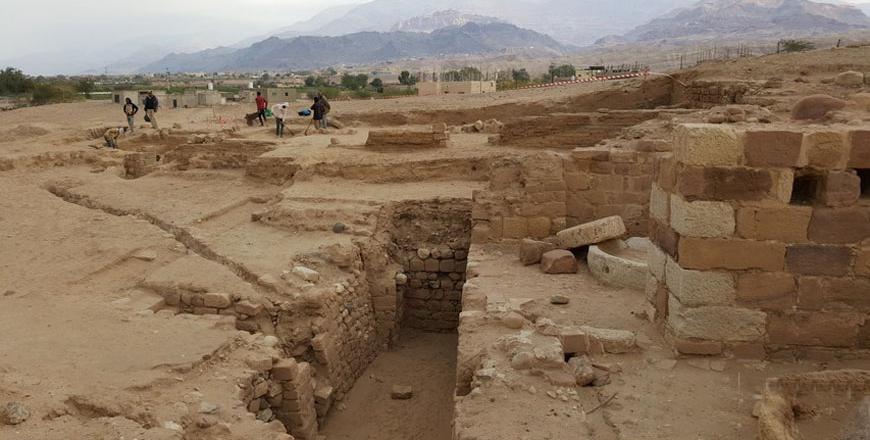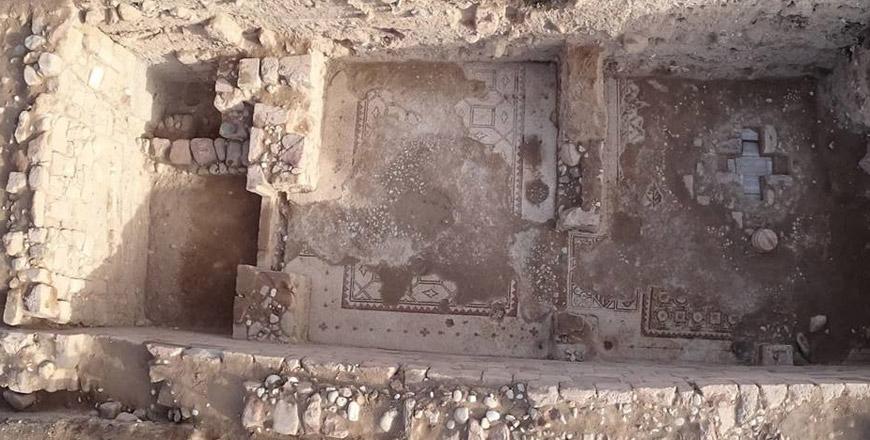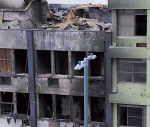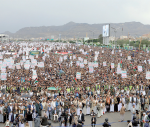You are here
International colloquium discusses ancient coins, mortuary inscriptions at Ghor Safi
By Saeb Rawashdeh - Oct 18,2022 - Last updated at Oct 18,2022
AMMAN — Last week’s international colloquium on the Byzantine and Islamic periods in Ghor Safi featured Australian numismatics specialist Peter Edwell’s presentation on 198 objects found in situ that were later identified as coins.
The “bulk of coins [145] came from Khirbat Al Sheikh ‘Isa. 10 were found at Tawahin Al Sukkar, 21 at Umm Tawabin and 22 in the general area”, said the scholar, who is based in the Department of History and Archaeology in Macquarie University in Sydney.
Coins from Ghor Safi have high levels of corrosion, and only a small number of them are identifiable, Edwell said, adding that most coins came from the Late Roman or Early Byzantine period. Sixteen coins were connected to the Umayyad, Abbasid and Mamluk periods, the scholar said.
While working on a section that has been identified as a church in Ghor Safi, researchers discovered mosaics, Edwell emphasised, adding that within the churcher’s foundation layers were nine coins of similar dimensions and weights.
Coin number 100 was dedicated to Divus Constantinus, Edwell said, noting that the coins can commonly be found in the floors of Ghor Safi’s buildings.
“We ran workshops about coins in order to communicate with the local community,” Edwell highlighted.
Over 450 texts from the Byzantine period have been identified, noted Kalliope Kritikakou-Nikolaropoulou from the National Hellenic Research Foundation, referring to epigraphic evidence, almost exclusively of a funerary character.
“This precious material has been brought together thanks to Konstantinos Politis, who has undertaken the project since 1996 with the permission of the Department of Antiquities in an effort to counter illicit activities,” Kritikakou-Nikolaropoulou said, adding that the documents cover the period from the early 4th century AD until the late 6th century AD.
The epigraphic corpus in Zoara, Ghor Safi’s ancient moniker, shed light on this relatively unknown society of the Late Antiquity, she said, adding that Nabataean Arabs used the Greek language, at a minimum, on their tombstones.
“Ethno-cultural distinctions among the inhabitants of Zoara were clearly indicated by the onomastic evidence,” Kritikakou-Nikolaropoulou said, adding the Greek texts feature a plethora of Hellenised Semitic names.
Poetic forms were also used in epitaphs, Kritikakou-Nikolaropoulou continued, noting that most of the tombstones are in “a bad state”, which hinders researchers’ analysis.
Related Articles
IRBID — Zoara, or modern-day Ghor Safi, was as an important commercial metropolis according to Roman and Byzantine written sources, said a G
AMMAN — With the support of Ambassador of the Hashemite Kingdom of Jordan to Greece Ahed Sweidat, an International Colloquium on the ancient
AMMAN — Modern Ghor Safi, located at the southeastern end of the Dead Sea near the lowest point on earth, has been populated for over 12,000


